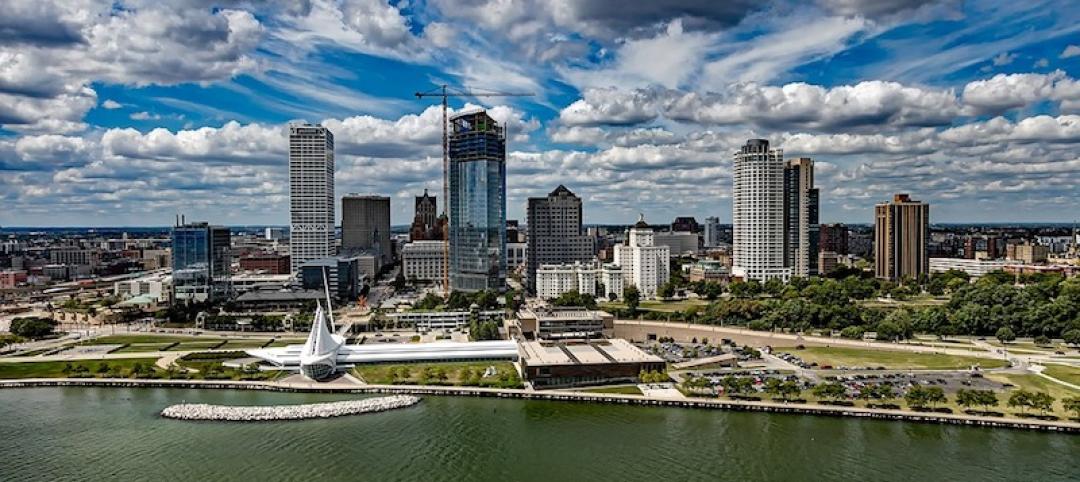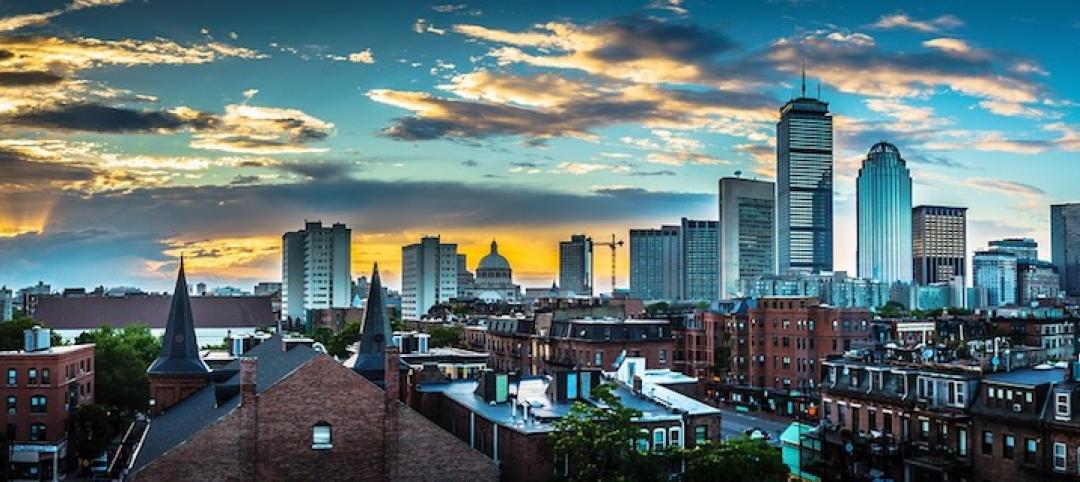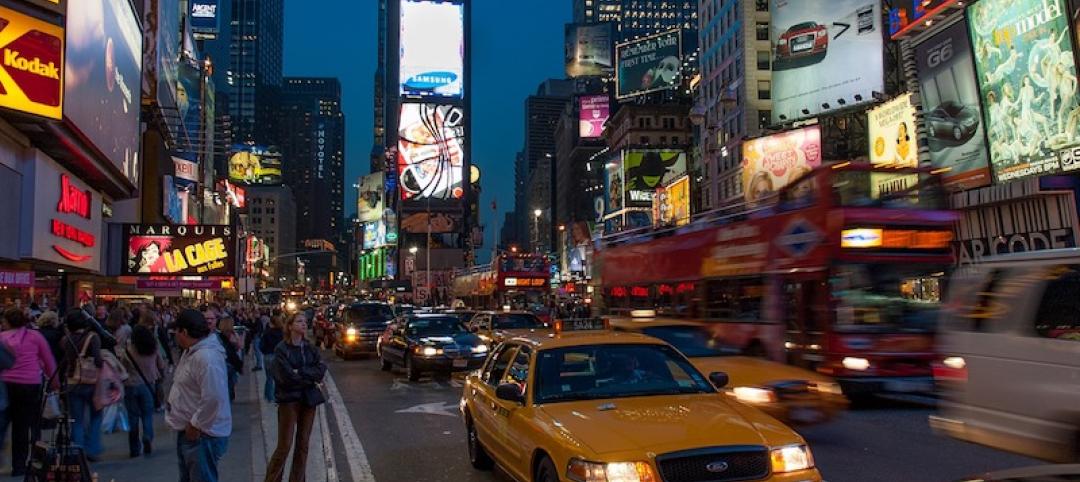Heat waves are the nation’s deadliest weather hazard, accounting for one-fifth of all deaths caused by natural hazards in the U.S.
Low-income people in urban areas tend to be most vulnerable to extreme heat. These neighborhoods often have a lot of hardscape that absorbs solar radiation during the day, without many parks or trees to mitigate this effect. Some of the poorest residents do not have air conditioning. Businesses in vulnerable neighborhoods use more energy than enterprises in more affluent areas because of higher temperatures.
So, green roofs that help cool buildings and green infrastructure could be most impactful in low-income areas of cities. Other options such as vertical gardens on a building’s exterior and white rooftops can help moderate urban temperatures, cut utility bills, and improve quality of life.
Researchers from the University of Notre Dame team identified Chicago neighborhoods that had the most to gain from green roofs by figuring out which ones had the most heat vulnerability, the greatest potential reductions in rooftop temperatures, and used the most electricity for cooling. Researchers also designed steps for urban planners to set priorities for a public effort to install green roofs.
Related Stories
Codes and Standards | Feb 14, 2019
ISO publishes first global BIM standards
Based on British standard and a publicly available standard.
Codes and Standards | Feb 12, 2019
Property technology adoption accelerates in commercial real estate industry
New business models create disintermediation.
Codes and Standards | Feb 11, 2019
Investing in downtowns pays off for cities, regions
Benefits include driving tax revenue, business activity, and smart development.
Codes and Standards | Feb 8, 2019
Oslo, Norway’s downtown goes virtually car-free
Parking spots converted to bike lanes, transit is fast and easy.
Codes and Standards | Feb 7, 2019
New North Carolina energy code has extensive lighting control requirements
Includes automatic shut offs for buildings of all sizes.
Codes and Standards | Feb 6, 2019
Solar carports can help with California’s Title 24 mandates
Can be combined with virtual net-metering software and tax-enabled financing.
Codes and Standards | Feb 5, 2019
Milwaukee board approves rezoning for Western Hemisphere’s tallest mass timber building
Mixed-use tower would rise 21 stories high.
Codes and Standards | Feb 1, 2019
Mass. governor proposes real estate transfer fee hike for climate resiliency projects
Opposed by real estate and trade groups, plan could generate $1 billion in next decade.
Codes and Standards | Jan 31, 2019
New York City will reform construction bid process
Streamlined process intended to improve efficiency, reduce hassle for bidders.
Codes and Standards | Jan 30, 2019
New AGC program aims to diversify construction workforce
More diversity needed to keep pace with demand for workers.

















